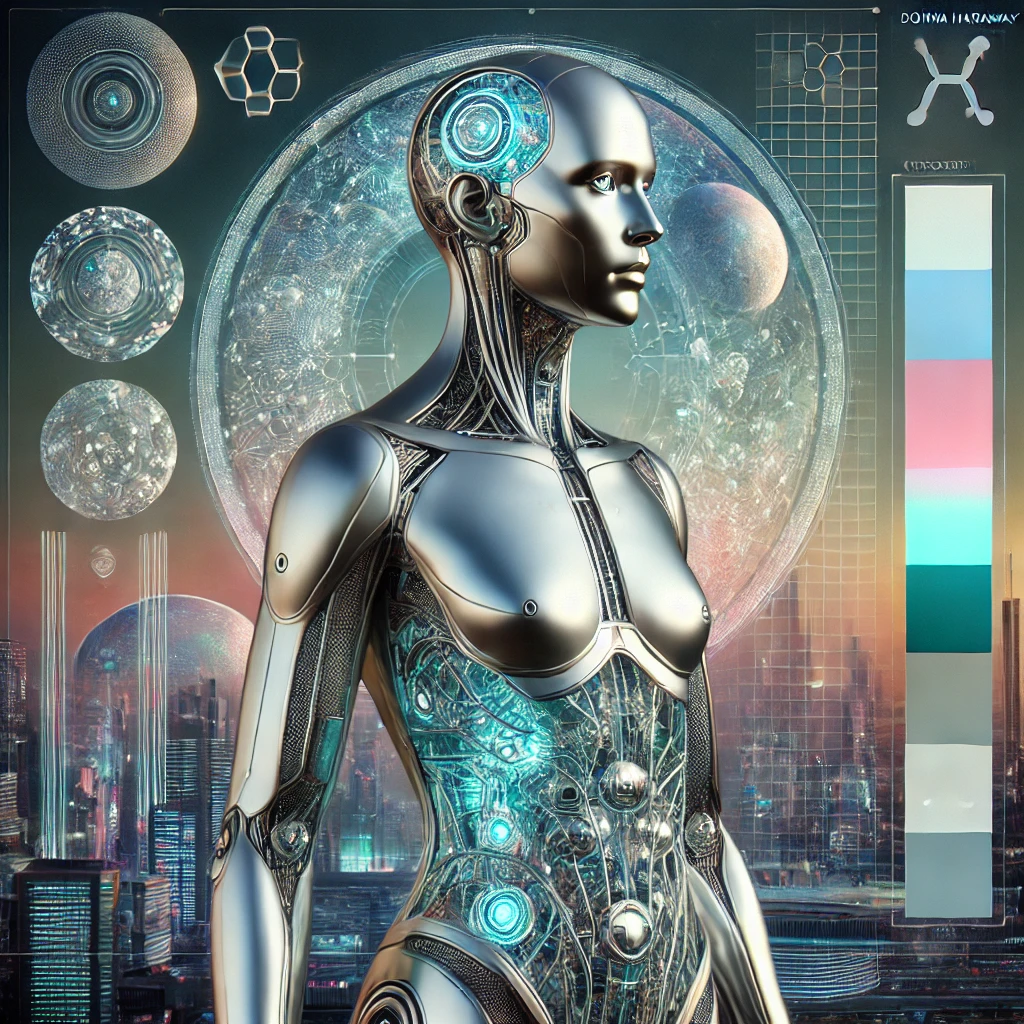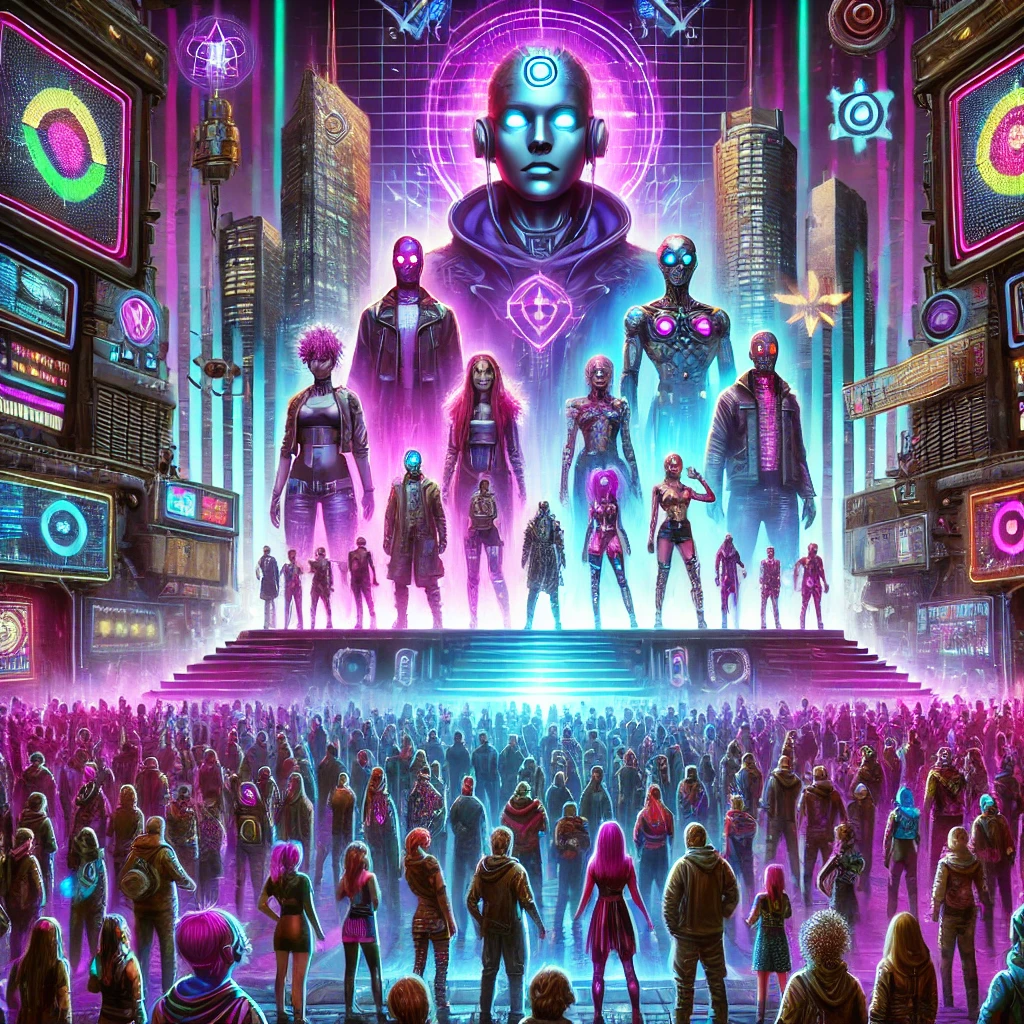
Given the opportunity to hyrbridize, I would want to combine with a dolphin. Dolphins are some of the most intelligent animals on Earth. Additionally, they are also incredibly social creatures that show attributes of playfulness and adaptability. They also have some cool physical abilties such as echolocation, allowing them to navigate and see their surroundings in ways that exceed human capability. Combining human intelligence with dolphin natural capability could create opportunities for perceiving and interacting with the world in new ways.
I would want the hybridiziarion to be both selective and functional. For example, I would welcome the ability to breathe underwater and develop enhanced sensory perception; but, I would want to maintain my human appearance and cognition. The goal would be to blend these traits seamlessly into my exiting humanity. The result would be my ability to explore and understand ecosystems in the ocean, while still engaging with human society.
Regarding how much of my humanity I would be willing to sacrifice, I would set the limit at emotional and social connections. While I’m open to some physical alterations for dolphin-like characteristics (such as enhanced lung capacity or modified skin for life underwater), I would oppose any changes that would undermine my human emotions, creativity, or relationships. For me, becoming a hybrid would enhance and broaden my skills, rather than erase or lessen my humanity.
In the end, this thought experiment prompts significant questions about identity: How much of our humanity is linked to our biology, and how much is influenced by our experiences and relationships? The idea of a dolphin-human hybrid could provide a fresh viewpoint on these limits without entirely eliminating them.



